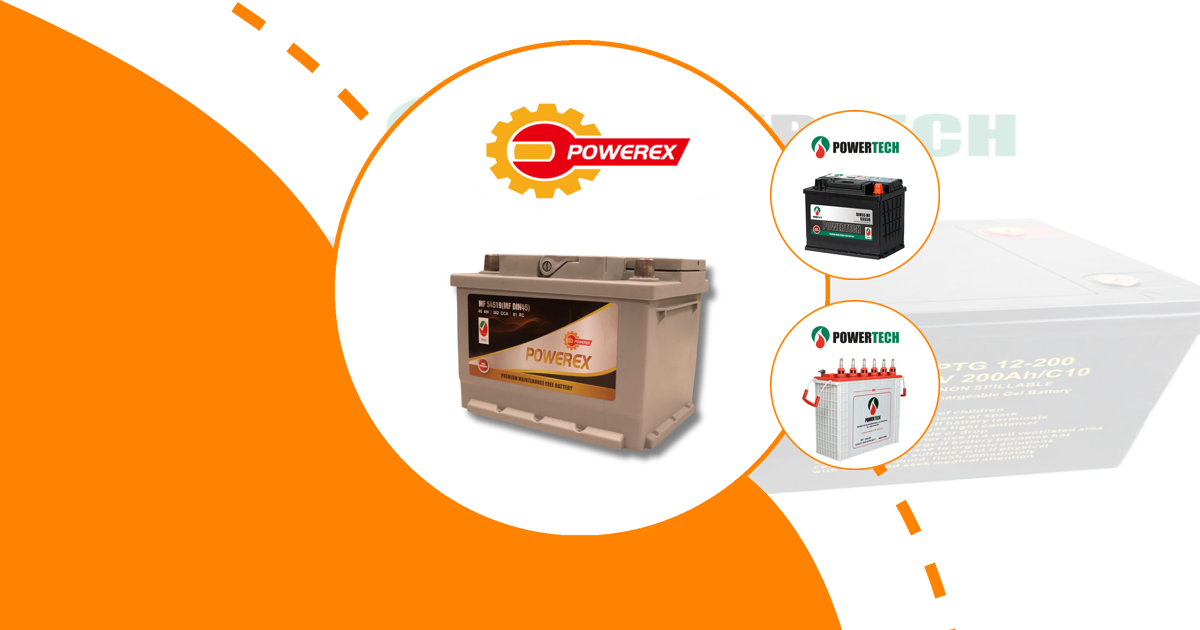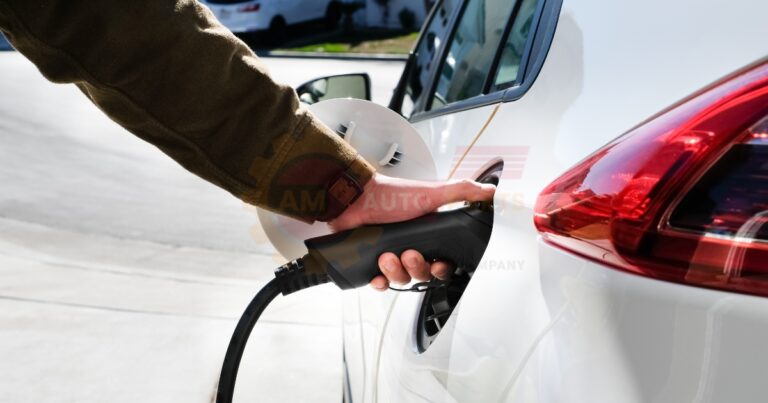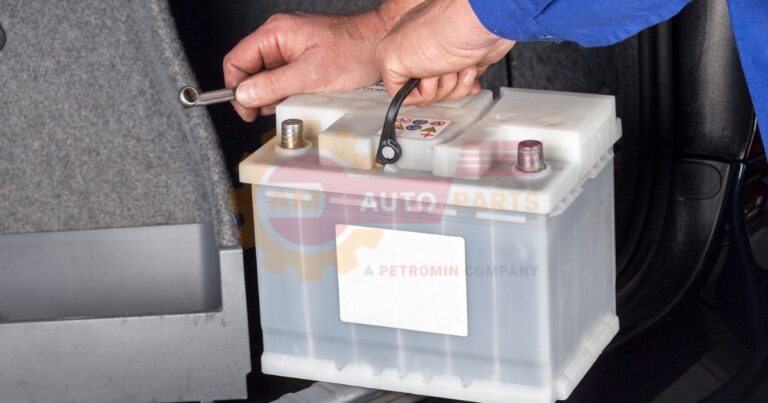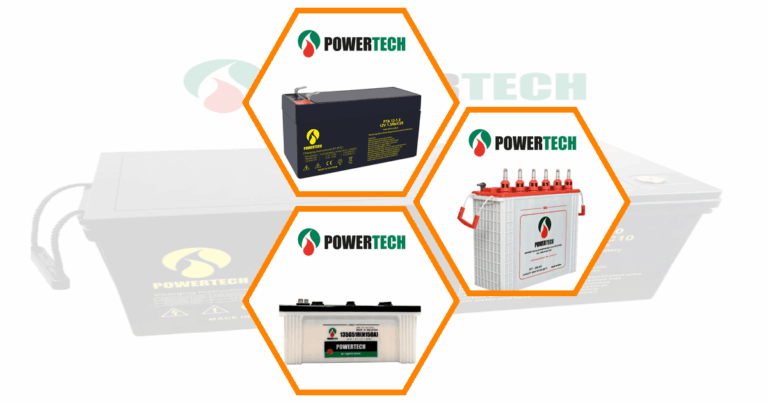The Importance of EV Battery Recycling
Environmental Impact of Battery Waste
Electric vehicle (EV) batteries, primarily composed of lithium-ion, pose significant environmental challenges if not properly recycled. These batteries contain hazardous materials that can leach into soil and water, causing pollution. Recycling helps mitigate these risks by ensuring that toxic substances are safely managed.
- Reduces landfill waste
- Prevents soil and water contamination
- Conserves natural resources
Economic Advantages of Recycling
Recycling EV batteries is not only environmentally beneficial but also economically advantageous. By recovering valuable materials like lithium, cobalt, and nickel, recycling reduces the need for new mining operations, which are costly and environmentally damaging. This process also supports the creation of a circular economy, where materials are reused rather than discarded.
- Lowers production costs
- Reduces dependency on raw material imports
- Supports local economies through job creation
Regulatory Landscape
Governments worldwide are implementing regulations to promote battery recycling. These policies aim to ensure that manufacturers and consumers are responsible for the end-of-life management of batteries. Compliance with these regulations is crucial for companies to avoid penalties and contribute to sustainable practices.
- Encourages industry accountability
- Promotes sustainable waste management
- Aligns with global environmental goals
Advanced Recycling Technologies for Lithium-Ion Batteries
Hydrometallurgical Recycling Processes
Hydrometallurgical processes involve using aqueous solutions to extract metals from batteries. This method is energy-efficient and allows for the recovery of high-purity materials. It is particularly effective for extracting lithium, cobalt, and nickel, which are essential for new battery production.
- High recovery rates
- Lower energy consumption
- Environmentally friendly
Pyrometallurgical Recycling Techniques
Pyrometallurgical recycling involves high-temperature processing to recover metals from batteries. While energy-intensive, this method is effective for processing large volumes of batteries and recovering valuable metals. It is often used in conjunction with hydrometallurgical processes for optimal results.
- Suitable for large-scale operations
- Effective metal recovery
- Can process mixed battery types
Mechanical Pre-Treatment Solutions
Mechanical pre-treatment involves shredding and sorting battery components before further processing. This step is crucial for separating valuable materials from waste and improving the efficiency of subsequent recycling processes.
- Enhances material separation
- Reduces processing time
- Improves overall recycling efficiency
Sustainable Practices in Battery Recycling
Designing Batteries for Recyclability
Designing batteries with recyclability in mind is a proactive approach to sustainable battery management. This involves using materials that are easier to recycle and designing battery components that can be easily disassembled.
- Simplifies recycling processes
- Reduces environmental impact
- Encourages innovation in battery design
Circular Economy Approaches
A circular economy approach focuses on keeping materials in use for as long as possible. In the context of battery recycling, this means designing systems that allow for the continuous reuse of battery materials, reducing waste and conserving resources.
- Promotes resource efficiency
- Reduces waste generation
- Supports sustainable development
Material Recovery and Reuse
Material recovery and reuse are central to sustainable battery recycling. By recovering valuable materials from used batteries, manufacturers can reduce their reliance on new raw materials and lower production costs.
- Conserves natural resources
- Reduces environmental footprint
- Supports sustainable manufacturing
Global Best Practices in EV Battery Recycling
European Initiatives
Europe is at the forefront of EV battery recycling, with stringent regulations and innovative recycling technologies. The European Union has set ambitious targets for battery recycling, encouraging the development of efficient recycling systems.
- Strong regulatory framework
- Advanced recycling technologies
- Collaborative industry efforts
Asian Innovations
Asia, particularly China and Japan, is leading in battery recycling innovations. These countries have developed advanced technologies and infrastructure to support large-scale battery recycling, driven by high demand for EVs.
- High recycling capacity
- Innovative technologies
- Government support
North American Infrastructure Development
North America is investing in infrastructure to support battery recycling. With increasing EV adoption, the region is focusing on developing efficient recycling systems and policies to manage battery waste.
- Growing recycling infrastructure
- Supportive policies
- Industry collaboration
Battery Second Life Applications
Energy Storage Solutions
Repurposing used EV batteries for energy storage is a growing trend. These batteries can be used in stationary energy storage systems, providing a cost-effective solution for storing renewable energy.
- Cost-effective energy storage
- Supports renewable energy integration
- Extends battery life
Grid Stabilization
Second-life batteries can also be used for grid stabilization, helping to balance supply and demand in the electricity grid. This application supports the integration of renewable energy sources and enhances grid reliability.
- Enhances grid reliability
- Supports renewable energy integration
- Reduces energy costs
Repurposing for Less Demanding Applications
Used EV batteries can be repurposed for applications that require less energy, such as powering small devices or providing backup power. This extends the useful life of batteries and reduces waste.
- Extends battery lifespan
- Reduces waste
- Supports sustainable practices
Innovations in Battery Recycling Technologies, Recycling Methods, Sustainable Practices: Industry Collaborations
Industry collaborations are essential for advancing battery recycling technologies. By working together, companies can share knowledge, resources, and technologies to develop more efficient and sustainable recycling processes.
- Encourages innovation
- Shares resources and expertise
- Supports sustainable development
Consumer Education and Awareness
Proper Disposal Methods
Educating consumers about proper battery disposal is crucial for effective recycling. Consumers need to know how to dispose of batteries safely to prevent environmental harm and support recycling efforts.
- Prevents environmental harm
- Supports recycling efforts
- Increases consumer responsibility
Benefits of Recycling
Raising awareness about the benefits of recycling can encourage more consumers to participate in recycling programs. Recycling conserves resources, reduces waste, and supports sustainable development.
- Conserves resources
- Reduces waste
- Supports sustainability
Role in Sustainability
Battery recycling plays a vital role in sustainability by reducing the environmental impact of battery waste and conserving natural resources. Educating consumers about this role can increase participation in recycling programs.
- Reduces environmental impact
- Conserves resources
- Supports sustainable development
Future Trends in Battery Recycling
Emerging Technologies
Emerging technologies in battery recycling are focused on improving efficiency and reducing costs. Innovations such as advanced sorting systems and automated recycling processes are set to transform the industry.
- Improves recycling efficiency
- Reduces costs
- Supports industry growth
Scaling Recycling Infrastructure
Scaling recycling infrastructure is essential to meet the growing demand for battery recycling. This involves investing in new facilities and technologies to process larger volumes of batteries efficiently.
- Increases recycling capacity
- Supports industry growth
- Meets growing demand
Policy Developments
Policy developments play a crucial role in shaping the future of battery recycling. Governments are implementing policies to promote recycling and support the development of sustainable recycling systems.
- Encourages industry compliance
- Supports sustainable practices
- Aligns with environmental goals
Innovations in Battery Recycling Technologies, Recycling Methods, Sustainable Practices: Case Studies
Case studies of successful battery recycling initiatives provide valuable insights into best practices and innovative solutions. These examples highlight the importance of collaboration, technology, and policy in advancing battery recycling. Battery temperature impact Heat makes batteries work poorly and cold can make them die faster so keeping batteries at the right temperature helps them last longer and work better BMS enhances longevity by helping our bodies work better and stay healthy for longer This system supports our cells and organs to function well as we age
Battery chemistry considerations Different materials used inside batteries affect how long they last and how much power they can store choosing the right chemistry is important for making batteries work well in various devices Automotive power restoration challenges When a car’s battery dies or electrical system fails it can be tricky to get the power working again Mechanics need special tools and knowledge to fix these problems and get vehicles running
Battery selection guide Choose the right battery for your device by looking at size voltage and how long it lasts
- Highlights best practices
- Demonstrates innovative solutions
- Provides valuable insights
Economic Opportunities in Battery Recycling
Job Creation
Battery recycling creates economic opportunities by generating jobs in recycling facilities, research and development, and related industries. This supports local economies and contributes to sustainable development.
- Generates employment
- Supports local economies
- Contributes to sustainability
Resource Security
Recycling batteries enhances resource security by reducing dependency on imported raw materials. By recovering valuable materials, recycling supports a stable supply chain and reduces geopolitical risks.
- Enhances resource security
- Reduces dependency on imports
- Supports stable supply chains
Cost Savings for Manufacturers
Recycling provides cost savings for manufacturers by reducing the need for new raw materials and lowering production costs. This supports competitive pricing and sustainable business practices.
- Reduces production costs
- Supports competitive pricing
- Encourages sustainable practices
FAQs
What are the main challenges in EV battery recycling?
The main challenges in EV battery recycling include the complexity of battery design, high recycling costs, and lack of standardized infrastructure. Addressing these challenges requires innovation and collaboration across the industry.
What are some of the best practices for EV battery recycling?
Best practices for EV battery recycling include designing batteries for recyclability, implementing circular economy approaches, and investing in advanced recycling technologies. These practices support sustainable development and resource conservation.
What are the environmental benefits of effective EV battery recycling?
Effective EV battery recycling reduces environmental pollution, conserves natural resources, and supports a circular economy. By recovering valuable materials, recycling minimizes the need for new mining operations and reduces the environmental footprint of battery production.
How are different countries approaching EV battery recycling?
Different countries approach EV battery recycling with varying strategies. Europe focuses on stringent regulations, Asia on technological innovation, and North America on infrastructure development. These approaches reflect local regulations, industry capabilities, and market demand.
What is the future of innovations in battery recycling technologies, recycling methods, and sustainable practices?
The future of battery recycling technologies involves emerging technologies, scaling infrastructure, and policy developments. These trends aim to improve recycling efficiency, reduce costs, and support sustainable practices in the industry.
How Are Different Countries Approaching EV Battery Recycling?
Different countries are approaching EV battery recycling with varying strategies, driven by local regulations, industry capabilities, and market demand. Europe focuses on stringent regulations, Asia on technological innovation, and North America on infrastructure development.
What Are the Environmental Benefits of Effective EV Battery Recycling?
Effective EV battery recycling reduces environmental pollution, conserves natural resources, and supports the transition to a circular economy. By recovering valuable materials, recycling minimizes the need for new mining operations and reduces the environmental footprint of battery production.
What Are the Main Challenges in EV Battery Recycling?
The main challenges in EV battery recycling include the complexity of battery design, the high cost of recycling processes, and the lack of standardized recycling infrastructure. Addressing these challenges requires innovation in recycling technologies and collaboration across the industry.






